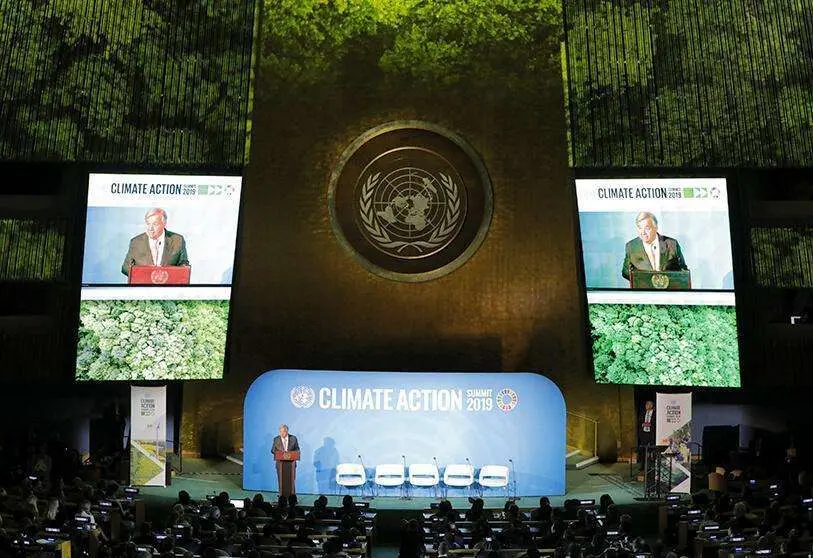Climate justice at COP26

During the long-awaited COP26, all eyes were on the United States and China. The geopolitical rivals announced a climate cooperation agreement. Although it was received with caution, it will undoubtedly remain one of the highlights of the conference. So are the pacts on methane or deforestation, or the fact that for the first time (incredible though it may seem), a reference to the causal link between fossil fuels and climate change has been included.
However, one concept that has been conspicuous by its absence during this week of COP26 has been that of justice. While the richest countries are responsible for more than two thirds of global emissions, it is the poorest countries that are most affected, as they are less resilient to extreme weather events. According to the latest report of the Intergovernmental Panel on Climate Change (IPCC), these phenomena will become more recurrent and their effects more severe in the coming decades.
An Oxfam report highlights that since the beginning of the industrial revolution, Africa and South America together only produced 6% of total emissions. Sub-Saharan Africa, in particular, is responsible for less than 1%, yet it is one of the areas of the planet that is suffering, and will continue to suffer, the most from the consequences of climate change. This disparity lies behind the concept of climate justice. It is the fact that the majority pay such a high price for the actions of the few. Countries demanding justice are demanding not only that the most polluting countries take action to mitigate the effects of climate change, but also that they pay for the damage caused so far.
To prevent global temperatures from rising more than 1.5 degrees Celsius, it is essential that governments and businesses take drastic measures to reduce emissions and regenerate the environment. But to leave no one behind, they must commit to investing resources in those countries that are unable to cope with the inexorable consequences that global warming will have on the environment and people. There is already too much evidence linking drought, famine or flooding caused by rising global temperatures to increased conflict and forced migration.
According to UNHCR, every year more than 200 million people are forced to leave their homes and move to other places because of the dangers caused by the increasing intensity and frequency of extreme weather events such as heavy rains, prolonged droughts, desertification, environmental degradation, cyclones or rising sea levels. Migratory movements will have a global impact.
This is precisely what activists emphasise: that the richest and most polluting countries will also end up suffering the effects of the climate crisis. This is why governments cannot just focus on finding solutions within their own borders, but must be aware of the importance of fighting global warming in a joint, united and above all fair way.

